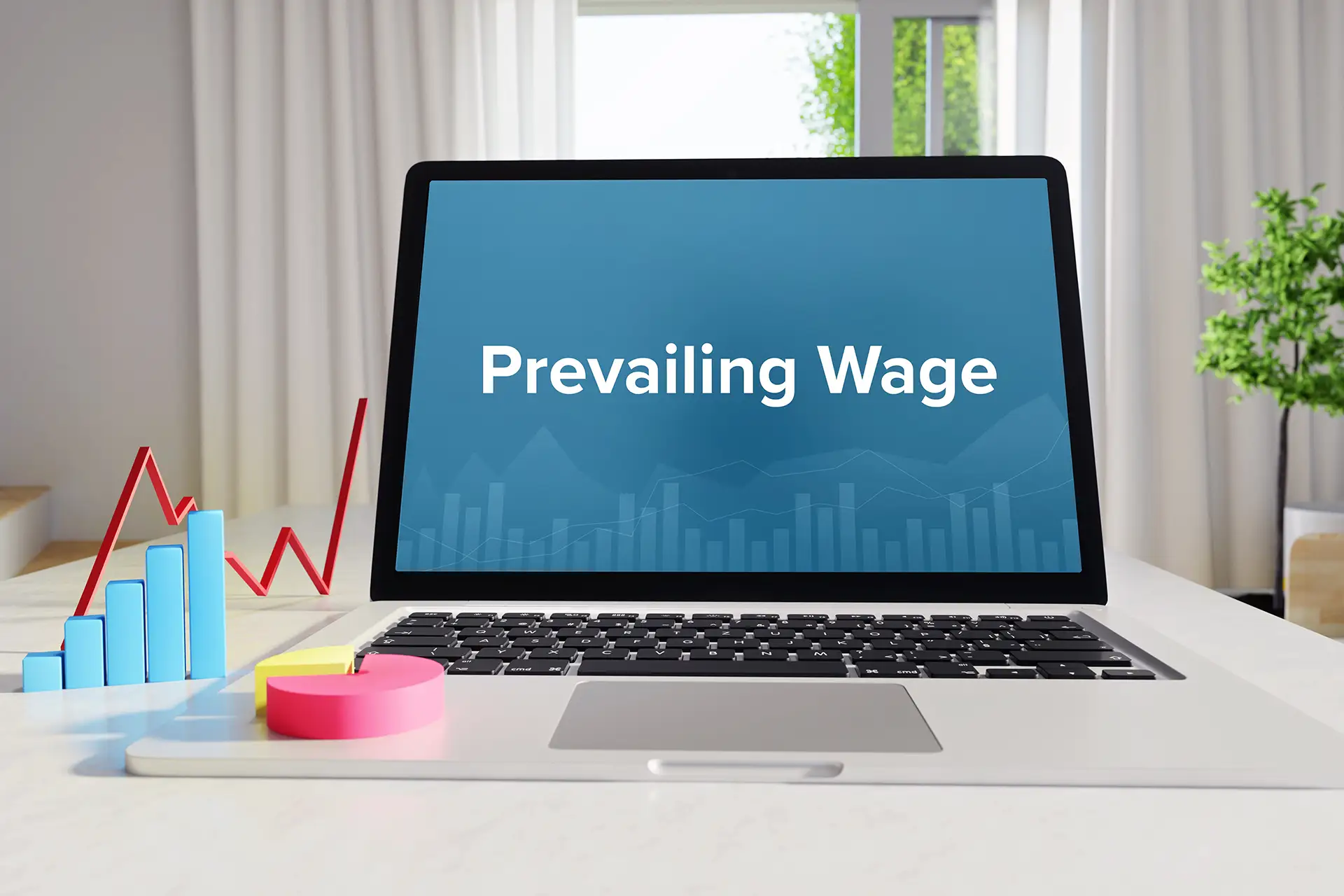Audit readiness is crucial for all organizations, particularly for Public Housing Authorities (PHAs).
Essentially, it refers to the level of preparedness of an organization to engage in an audit process. This involves having all necessary documents and records organized, up-to-date, and easily accessible for auditors.
Owing to their responsibility of managing public funds and ensuring safe, decent, and affordable housing, PHAs are subject to stringent audits. Adequate audit readiness ensures that PHAs have accurate financial statements, comply with program requirements, and can demonstrate accountability and transparency in their operations.
The process of achieving audit readiness includes maintaining accurate financial records, implementing effective internal controls, and ensuring compliance with housing regulations and laws. Additionally, it involves regular internal audits, identifying potential areas of risk, and taking corrective actions. It also requires training staff on audit procedures and expectations to foster an audit-ready culture within the organization.
For a more detailed discussion on audit preparation, see Preparing for a Financial Audit: A Guide for PHAs.
However, if a PHA is not audit-ready, numerous problems can arise, which can significantly impact a PHA’s effectiveness and reputation. Below are some potential implications:
- Financial Discrepancies: Without proper record-keeping and internal controls, financial discrepancies may arise. This includes misallocation of funds, inaccurate financial reporting, and potential fraud. These discrepancies can result in financial loss, legal implications, and loss of public trust.
- Non-compliance: Audits for PHAs not only assess financial statements but also compliance with housing laws and regulations. Lack of audit readiness may reveal non-compliance with these laws, leading to penalties and possible loss of funding.
- Operational Inefficiencies: Poor audit readiness often reflects internal operational inefficiencies. This can lead to mismanagement, poor decision-making, and the inability to achieve organizational objectives.
- Damaged Reputation: A poor audit report can significantly damage a PHA’s reputation. This can result in a loss of public confidence and trust, making it harder for the authority to fulfill its mission.
- Increased Audit Costs: Not being prepared for an audit can lead to delays and prolonged audit engagements. This increases the cost of the audit and can strain a PHA’s resources.
Audit readiness is not an option but a necessity. It is a continuous process that requires commitment and diligence to help promote financial accuracy, operational efficiency, and organizational integrity. More importantly, it enables PHAs to retain public trust and continue serving communities by providing safe and affordable housing to those who need it the most.
Whether your PHA is looking for help becoming audit-ready or for an audit or accounting, tax, and advisory services, you can count on RBT CPAs. Let us know if you need more information, so we can show you how we can be Remarkably Better Together.
RBT CPAs never offshores work outside of the U.S. so you always know who is handling your financial information.










